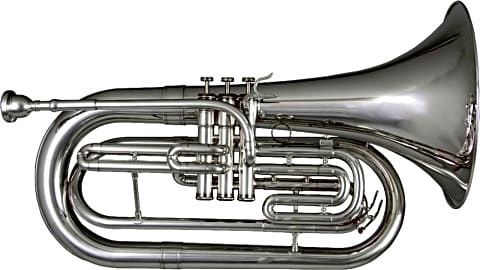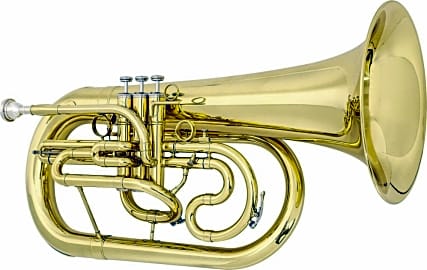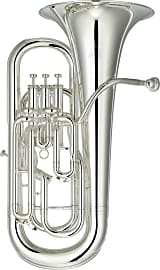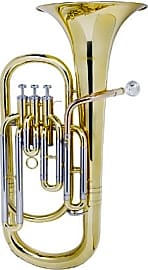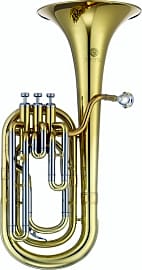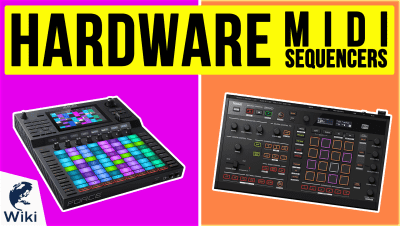The 8 Best Baritone Horns

This wiki has been updated 30 times since it was first published in October of 2016. Occupying a similar range to the trombone, the baritone horn, and its extremely close sibling the euphonium, aren't the most common brass instruments, but they fill an important role in orchestras and marching bands. There's a wide variety of options for players of all calibers, so we've gathered the best models for every use. When users buy our independently chosen editorial selections, we may earn commissions to help fund the Wiki.
Editor's Notes
March 24, 2019:
First of all, the terms are very often used interchangeably, and many people who play them actually misunderstand the differences, but the baritone and euphonium are ever-so-slightly separate instruments, although they can fill some similar roles. They do both play just about the same range of notes, have 3 or 4 valves, and come in upright and marching versions. Baritones are considered part of the saxhorn family, while euphoniums are more closely related to tubas. The main thing that sets them apart is that euphoniums are slightly more conically bored than baritones, meaning they flare out wider and more consistently from the leadpipe to the bell. This leads to a noticeable difference in tone: euphoniums have the bold, loud, and full sound that you might expect from such a large low brass instrument, while baritones deliver a more focused, controlled, and somewhat quieter tone. The euphonium vs. baritone sound can be compared somewhat to the trombone vs. the French horn, or the trumpet vs. the cornet. Incidentally, baritones generally require a little more attention to breath control, tonguing, and mouth shape than euphoniums, and are considerably easier to over-blow, which results in particularly harsh tones. Nonetheless, some players and groups substitute one for the other, depending on the use. With that said, if you've ever set out to buy a student-grade instrument before, you may have heard band directors' warning against "instrument-shaped objects." This term refers to mass-produced instruments built in factories far from the country of their original design, generally using poor materials and under poor manufacturing standards. Not all imported, low-budget models are worthless, so it's possible to get a good one, but you need to be certain of what you're buying, because the same brand can put out varying models of wildly differing qualities. The Mendini euphonium and baritone are great examples of a Chinese-made horn that's of surprisingly good quality. If your child is just starting out in school band and you want to avoid the hassle and low return value of a rental, these are both fantastic choices. Anyone in marching band or drum corps will tell you that the Jupiter Quantum is among the best and most well-known marching models, while their upright euphonium offers exceptional playability at a mid-range price. Jupiter also offers a very well-made 3/4-size horn that's ideal for those who can't quite handle the heft and bulk of full-size model. Blessing makes a huge range of intermediate-level brass, and their marching baritone is a beautiful and well-playing model. But if you're performing in a concert band, you'll be very hard-pressed to find a better readily available option that the Besson. The brand is famous for the professional-quality horns, and this model is tough to top in terms of sound and ease of play. And if you want the best, but are more focused on the booming sound of the euphonium, Yamaha, who is also renowned worldwide for their instruments of all types, produces an absolutely fantastic compensating 4-valve model that's one of the best sounding members of the entire tuba family.



